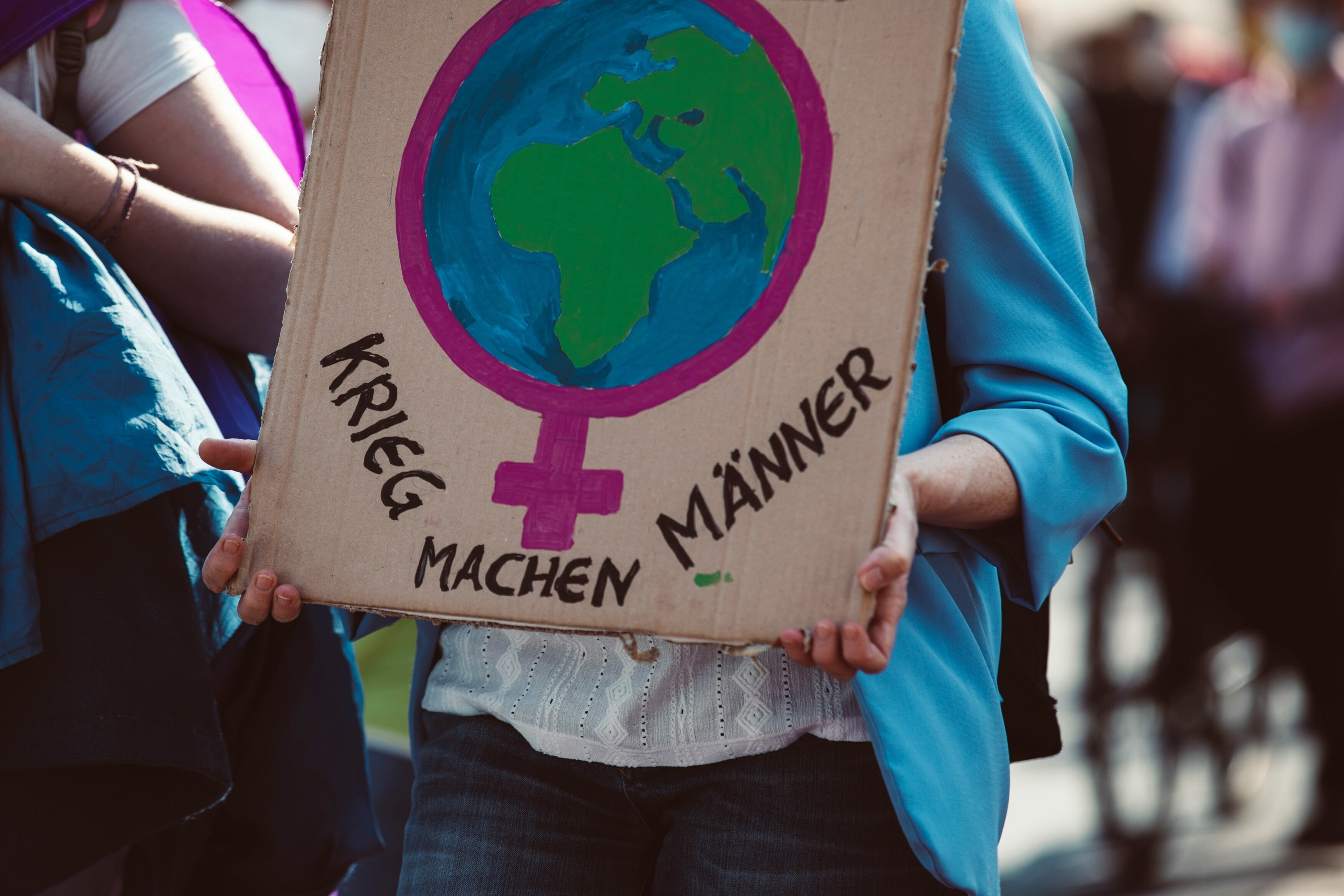Yes, technology can liberate girls around the world – but it must be managed properly

There are still 184 million fewer women than men with mobile phones. Image: REUTERS/Maxim Shemetov
Today, 1.4 billion girls and women live in countries that are failing on gender equality, in areas ranging from education and decent work to health and violence. Yet one of the most effective ways to empower girls and women – safe and reliable access to mobile phones and the Internet – is in danger of being ignored.
Today, the GSMA – the global trade body for mobile operators – estimates that more than five billion people have mobile devices, over half of which are smartphones. But the rapid diffusion of mobile technology has not been equal. Though the number of women from low- and middle-income countries who own mobile phones has risen by some 250 million in just the last five years, there are still 184 million fewer women than men with mobile phones, and women are 26% less likely than men to use mobile Internet.
Similarly, though younger people own mobile phones at a higher rate than their older counterparts, gender imbalances persist. According to a 2018 study by Girl Effect (of which I am CEO), boys are 1.5 times more likely to own a phone than girls. Even among those who do own phones, boys are more likely to have smartphones than girls.
But ownership is not the same as access, and our investigations have revealed that girls often find ingenious ways to get their hands on mobile devices. More than half of the girls we interviewed – in places like India, Malawi, and Tanzania – regularly borrow mobile phones from their parents, siblings, or friends. Some also share SIM cards and devices; finding inventive ways of access.
Given the enormous benefits of Internet access, this is good news. For example, a 14-year-old girl in rural Bangladesh, having never been taught about puberty, might be so ashamed about changes she is undergoing that she skips school. But, during the two hours per week she is allowed to borrow her brother’s phone, she can learn about menstruation and pregnancy, and connect with a local health facility to arrange in-person advice and care. In other words, mobile access gives her the knowledge and confidence she needs to protect her health – and her future.
Access to mobile phones is not an end in itself. Rather, it is a way to level the playing field not only through knowledge, but also through connection: nowadays, mobile phones are key conduits to drive demand to vital services, such as health and financial services. Ensuring broad and equitable mobile access is thus a powerful, easily scalable way to help all people make informed decisions about their own lives, in areas ranging from health to education to employment.
Getting girls and women online – whether on their own devices or on borrowed or shared ones – is only the first step. We must also ensure that they have sufficient technical literacy to take full advantage of the devices they are using. Girl Effect’s research showed that, overall, boys use far more phone features and capabilities than girls.
Moreover, we must consider what girls find when they get online. Is the information they are receiving accurate? Are they at risk of exploitation? Ignoring these questions would be a missed opportunity – and dangerous.
That is why Girl Effect has been working to create safe online spaces where girls can access reliable information tailored for them, discover valuable services in their area, and connect with others facing – and overcoming – the same challenges. The goal is to foster curiosity, boost self-confidence, and empower girls to pursue their dreams.
Of course, for such platforms to make a difference, they need to be attractive to users. When girls get online, they might be seeking not to learn, per se, but rather to be entertained. We must meet them where they are, offering experiences that are engaging and – critical for those who lack digital literacy – user-friendly. To this end, girls should be included in the design process.
Girls in Ethiopia, Rwanda, and Malawi are already benefiting from such platforms, and Girl Effect is launching similar initiatives in India and Tanzania. In all of these environments, approaches are tailored to local needs and perspectives, and constantly re-evaluated, in order to account for changes in access and use.
There is no shortage of research demonstrating the far-reaching – and broadly shared – benefits of gender equity. For example, raising female labor-force participation in India could add $56 billion to the country’s economy, making the workforce as a whole 27% richer. That, in turn, would reduce fertility rates and enable higher investment in human capital, driving sustained rapid economic growth and development.
To secure these gains, governments and their partners must invest in technology-based initiatives that respond to the needs and preferences of girls and women. Creating safe, engaging, and informative online platforms for them is a good place to start.
Don't miss any update on this topic
Create a free account and access your personalized content collection with our latest publications and analyses.
License and Republishing
World Economic Forum articles may be republished in accordance with the Creative Commons Attribution-NonCommercial-NoDerivatives 4.0 International Public License, and in accordance with our Terms of Use.
The views expressed in this article are those of the author alone and not the World Economic Forum.
Stay up to date:
Digital Communications
Related topics:
Forum Stories newsletter
Bringing you weekly curated insights and analysis on the global issues that matter.
More on Equity, Diversity and InclusionSee all
Marielle Anzelone and Georgia Silvera Seamans
October 31, 2025






